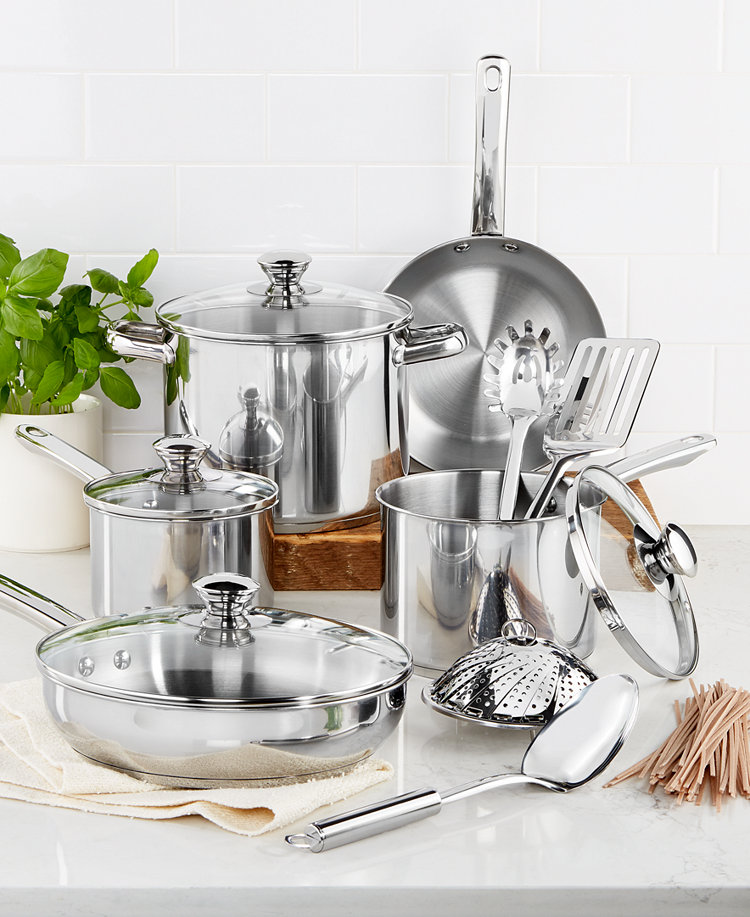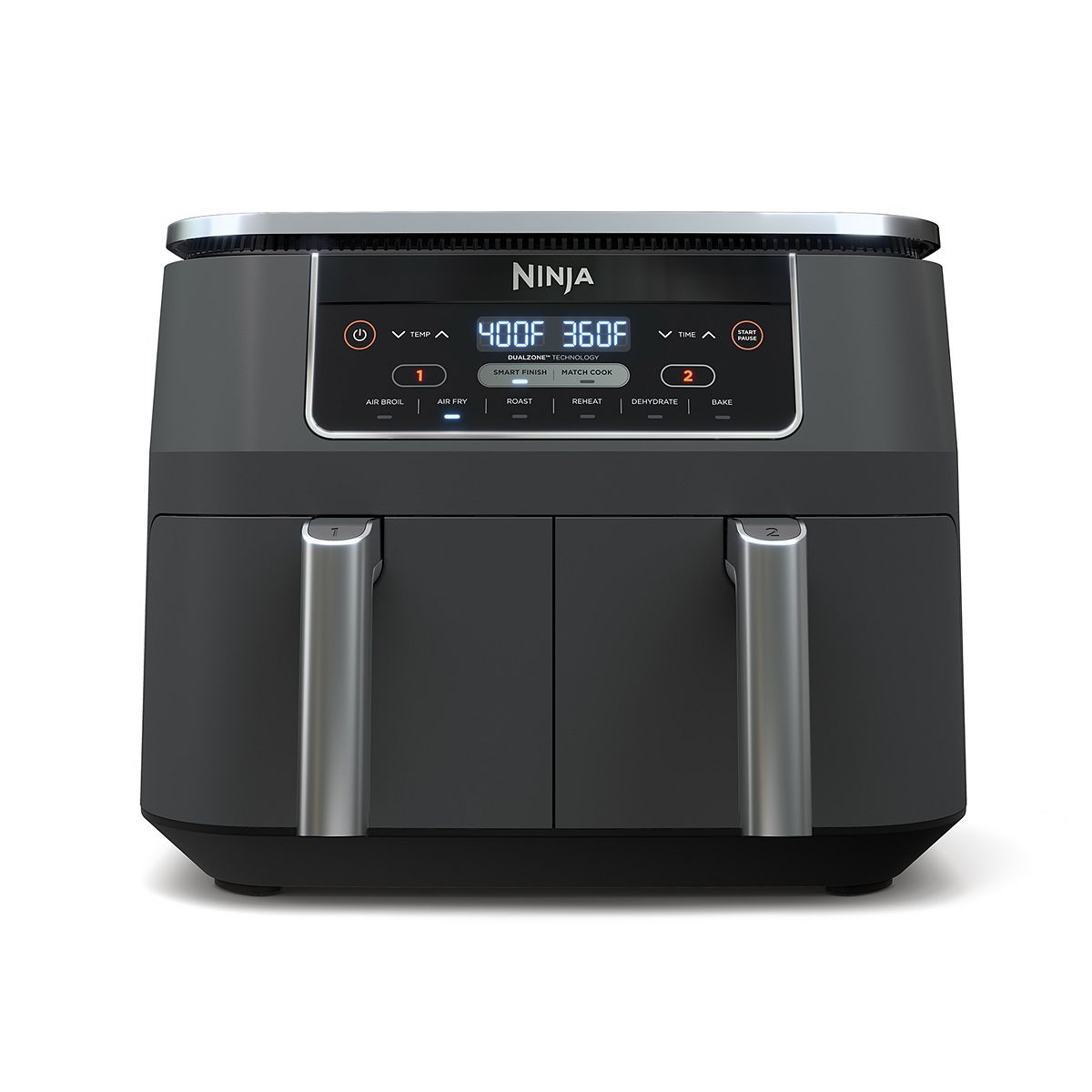Mainstays 18 Piece Tritan Food Storage Container with Clear Lid & Container, Light Grey Clasps, 9 Pack, Portable Storage, Durable Plastic Container
Mainstays 18 piece Tritan Container Set includes 7 sizes in Round, Square and Rectangular. The container is leak-proof, so you can easily transport sauces and stews. Different size containers let you store sauces, meats, veggies, fruit and more in the fridge without clutter while also helping to space and stay organized in the pantry.
Mainstays 18 piece Tritan Container Set includes 7 sizes in Round, Square and Rectangular. The container is leak-proof, so you can easily transport sauces and stews. Different size containers let you store sauces, meats, veggies, fruit and more in the fridge without clutter while also helping to space and stay organized in the pantry. The stain-resistant Tritan material maintains a spotless look and resists odors, and is also BPA-free and durable. The crystal-clear lid and container are transparent like glass, so you can always see what’ s stored inside. The simple lock system is easy to use and secure. Remove the lid before microwaving food.
- Single product dimension and capacity- Round: Dia. 3. 5 x 1. 8 inch- 110 ml / 0. 46 Cup, Dia. 4. 6 x 2. 4 inch – 310 ml / 1. 3 Cup, Dia. 6 x 2. 9 inch – 730 ml / 3 Cup, Square: 4 x 4 x 1. 8 inch – 210 ml / 0. 89 Cup x 2, Rectangular: 3. 3 x 2. 7 x 2. 3 inch – 120 ml / 0. 5 Cup x 2, 7. 5 x 5. 4 x 2. 6 inch – 1 L / 4. 2 Cup, 3. 3 x 2. 7 x 2. 3 inch – 1. 3 L / 5. 5 Cup
- Assembled product weight per set: 2. 16 lbs
- Made of durable, crystal clear Tritan
- Clear tritan food storage container with light grey clasps
- Airtight seal and secure clasps prevent spill and leaks
- Top rack dishwasher safe, freezer safe and BPA free
- Modular design for easy organization, remove lid before microwave use
Additional information
| Assembled Product Dimensions (L x W x H) | 10.74 x 7.48 x 5.38 Inches |
|---|






by Julie
I like what I have purchase and that they can be used in the freezer, but I don’t see any mention of microwaveable so I am assuming that they are not microwaveable.
by Cassandra
The containers are very nice.
by Holly
Someone posting it was false advertising as an 18 piece and they only got a 9 piece. Is that a joke or did they not get any lids? It is an 18 piece. Love it!
by Bob
Great set! Love the clarity and durability of the plastic.
by Angie
i love it, got it online on black Friday, great containers.